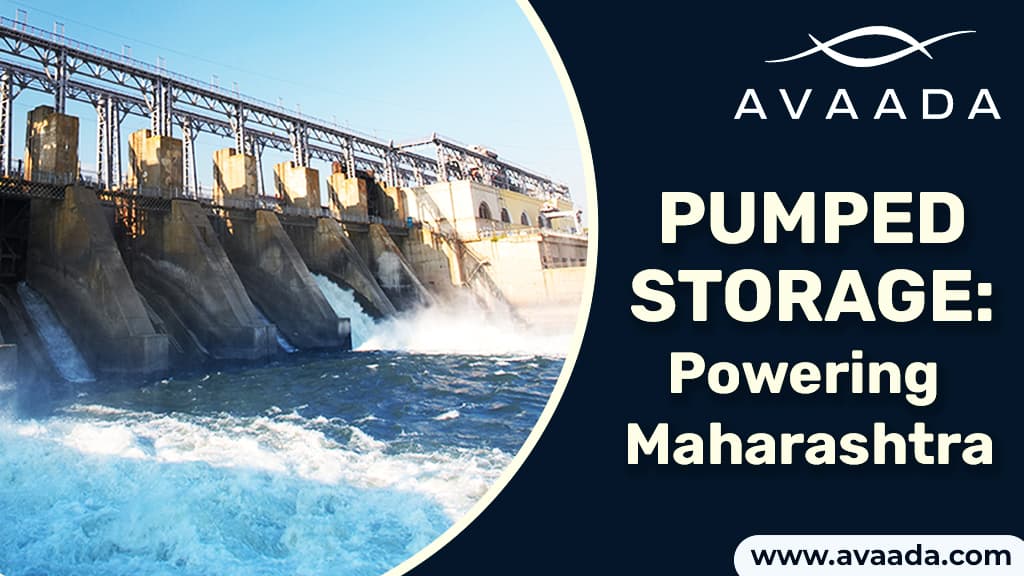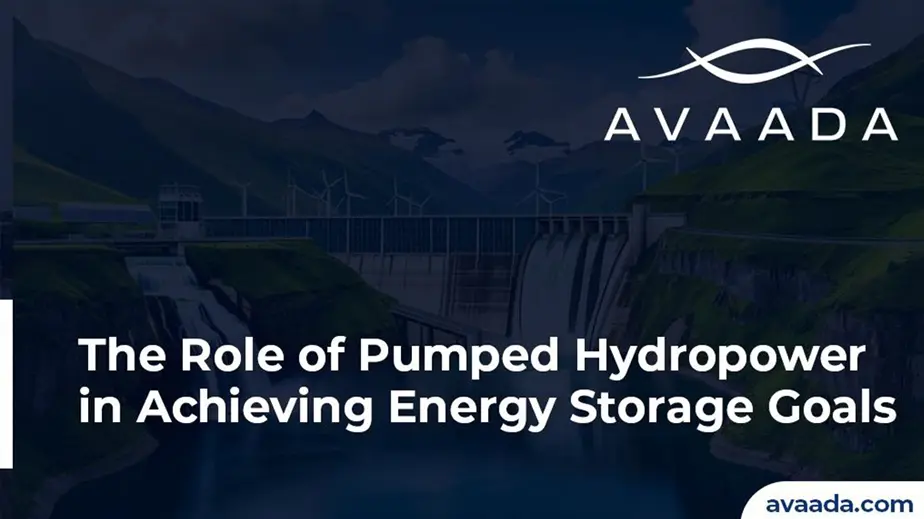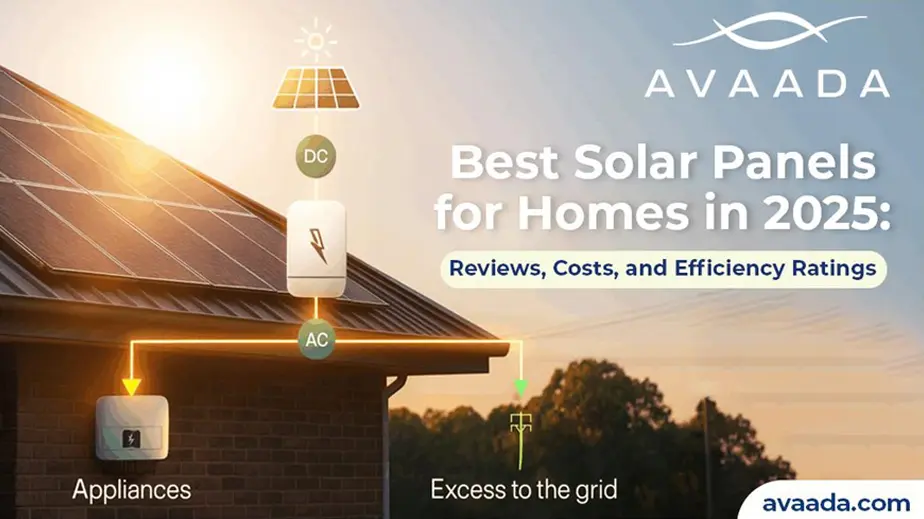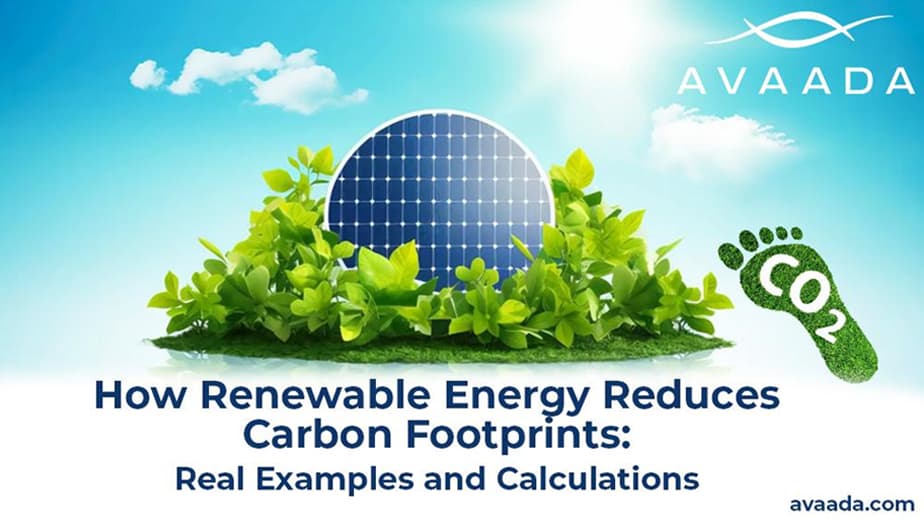While India accelerates its shift to renewable energy, Maharashtra is taking the lead by investing in Pumped Storage Hydropower (PSH) schemes to stabilise its energy grid. Not only does this method offset the variability of renewable sources like solar and wind power, but it also aligns with the state’s vision of becoming a green energy hub.
Learning about Pumped-Storage Hydropower
Pumped Storage Hydropower is a simple & most efficient large-scale, flexible energy storage solution wherein, during off-peak hours of low electricity demand, the excess energy from Solar/Wind sources is utilised to pump water from a lower reservoir to an upper reservoir. During high demand, the water stored is released back to the lower reservoir by passing through turbines to generate electricity. The system offers sustainable energy solutions for a stable power supply, addresses intermittency commonly observed in other renewable energy sources, along with ramping up needs due to faster start-up/shutdown quality and enhances grid reliability.
Learn about the Benefits of Using “Abandoned Mines for Pumped Hydro Storage”.
Maharashtra's Strategic Step into PSH
Realising the promise of PSH, the government of Maharashtra has entered into Memoranda of understanding (MoUs) for nine Pumped Storage Hydroelectric Projects that will produce a total capacity of 8,905 MW. This is a joint initiative between state bodies and private sector players, representing a milestone towards the provision of sustainable energy solutions.
One of the major contributors among them is Avaada Group, an integrated energy company dedicated to green energy solutions. Avaada has signed a pact to build two large PSH Projects, which include 2,400 MW Pawana-Falyan and 1,250 MW Sirsala projects, aggregating a capacity of 3,650 MW. With an investment of ₹15,100 crore, these projects are likely to generate more than 3,800 direct jobs, strengthening the economy as well as the renewable energy sector.
The Role of Avaada in India's Green Energy Landscape
Avaada’s entry into Maharashtra’s PSH projects reaffirms its commitment to pushing forward India’s renewable energy mission. Through an emphasis on large-scale energy storage solutions, Avaada is tackling one of the foremost challenges in renewable energy integration: grid stability. Beyond contributing to energy security, the projects set the stage for green hydrogen technology adoption, diversifying India’s clean energy portfolio even further.
Benefits of Pumped-Storage Hydropower
- Grid Stability: PSH ensures a stable backup during peak loads, providing an uninterrupted power supply.
- Renewable Integration: It allows for the integration of variable renewable energy sources without grid disruptions.
- Economic Growth: The construction of PSH projects stimulates local economies by creating employment opportunities and infrastructure construction.
- Environmental Impact: PSH has a lower carbon footprint compared to fossil fuel-based power plants, contributing to global sustainability goals.
Explore our blog on What are the different types of pump storage?
India's Broader Renewable Energy Vision
PSH projects in Maharashtra are an integral part of India’s broader vision of reaching 500 GW non-fossil fuel-based energy capacity by 2030. Integration of PSH is highly important in this process, as it helps counter the issue of intermittency with renewable energy sources. In addition, the complementarity between PSH and new-age technologies such as green hydrogen production makes India a pioneer in novel energy solutions.
Conclusion
Maharashtra’s proactive strategy in embracing Pumped Storage Hydropower is a considered step towards a sustainable and resilient energy future. With industry leaders like Avaada leading these efforts, the State not only improves its energy security but also establishes a model for other States to emulate. With India increasingly adopting green energy solutions, PSH will certainly be at the forefront of managing demand and supply, making the power grid cleaner and more stable.









